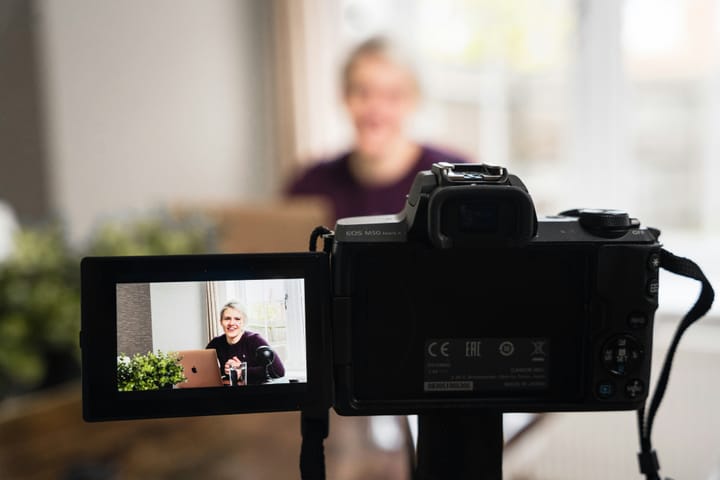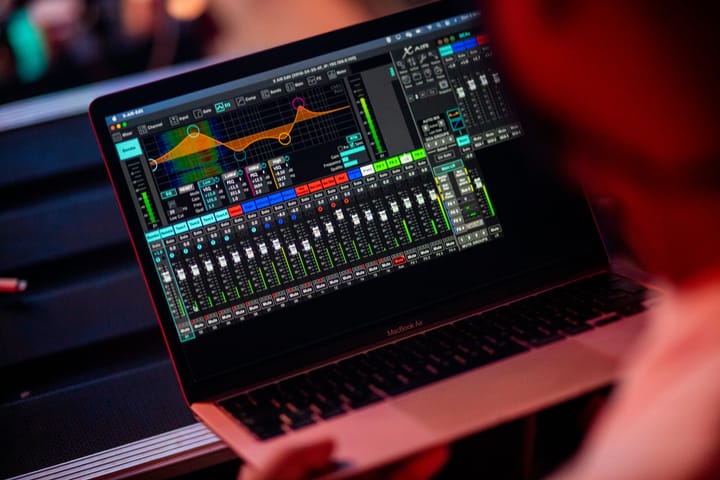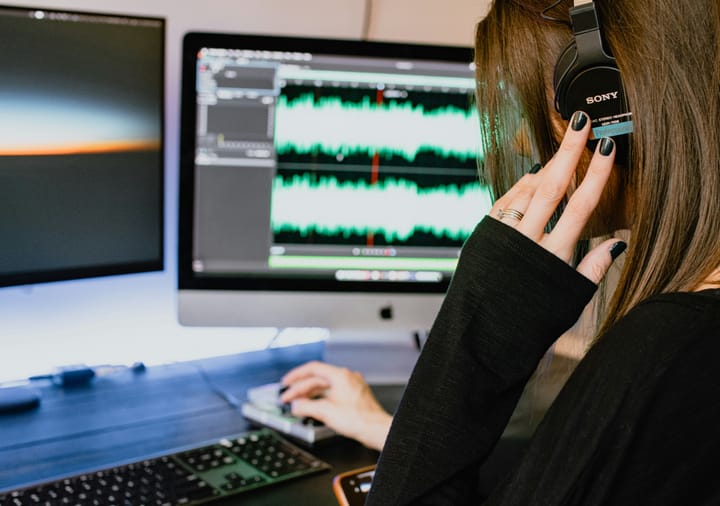Podcasting Made Easy: Your Journey Starts Here
There are different channels and mediums today that everyone can use to express their thoughts, feelings, and creativity.
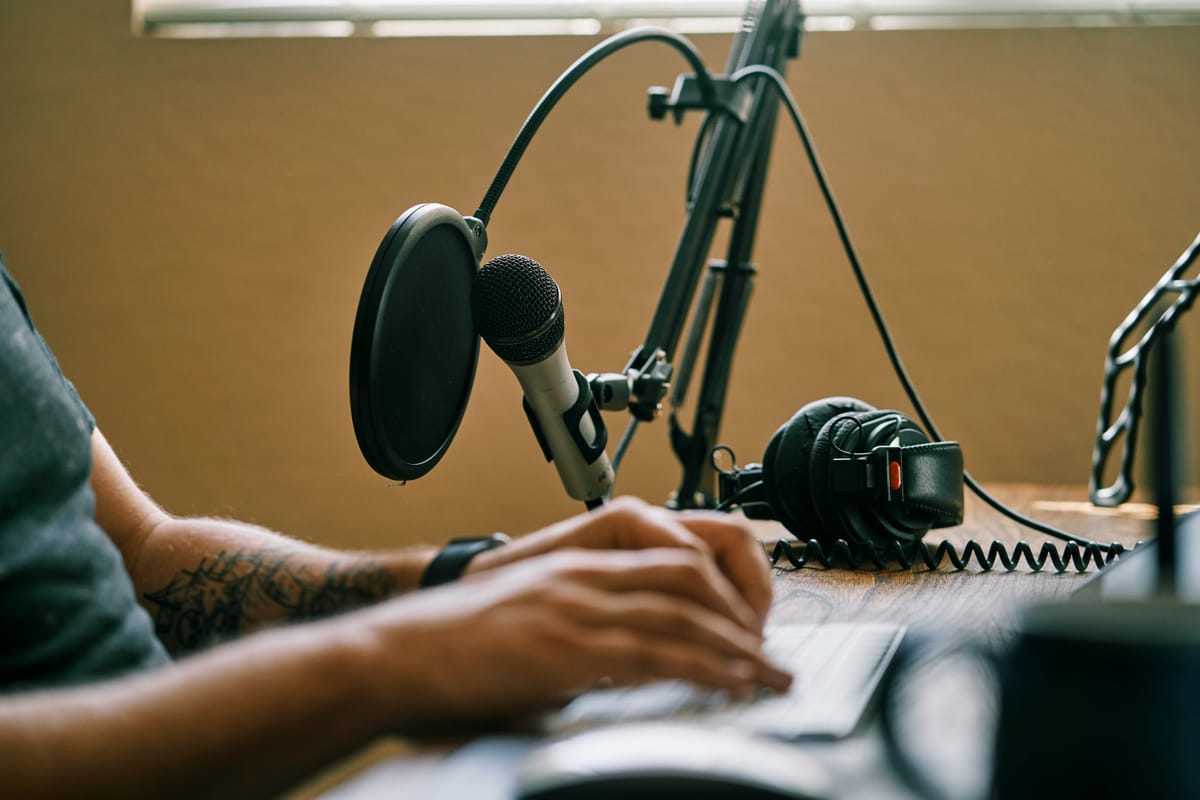
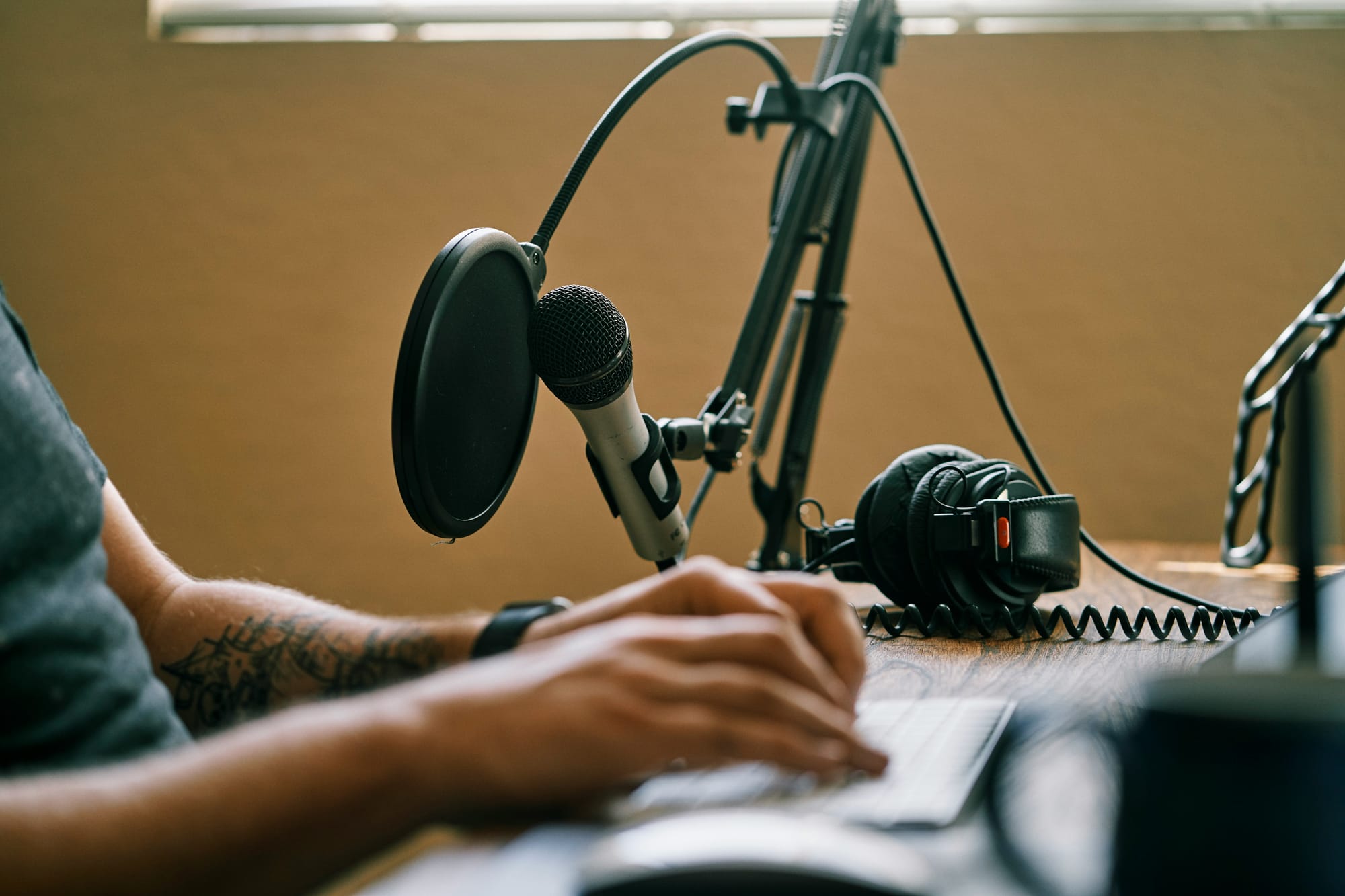
Key Takeaways:
- Crafting a podcast starts with identifying your unique angle and audience, setting the stage for content that truly resonates.
- Quality sound is the cornerstone of a successful podcast; a modest investment in a good microphone and headphones can make all the difference.
- Anchor, Audacity, and Alitu stand as pillars for beginner podcasters, offering recording, editing, and publishing solutions in one place.
- Promotion is key; harness the power of social media and podcast directories to amplify your voice.
There are different channels and mediums today that everyone can use to express their thoughts, feelings, and creativity. Media has become a powerful tool to forward information, spread news, and keep updated on the trend; Podcast is one of the rising platforms to do it.
A little-known fact about podcasting is its origins; the term "podcasting" combines "iPod" and "broadcasting," despite the medium's evolution far beyond the confines of Apple's iconic device. Just like broadcast, a podcast is an audio file which can be listened to through your computers or mobile phones. This evolution reflects podcasting's dynamic nature and its ability to adapt and grow with technological advancements and listener preferences.
Starting on a podcasting journey offers an exciting avenue to share your passions, insights, and stories with a global audience. Whether you're an aspiring podcaster or looking to refine your existing podcast, this simple guide will help you throughout the process, making your podcasting venture smoother and more enjoyable.
Here are the easy step-by-step to begin your journey in Podcasting:
Step 1. Find Your Niche and Define Your Audience
When it comes to content creation, niche is the first step that needs to be established. Niche gives your listener a wide understanding of what you are offering about. It can drive your podcast to growth or if you're doing it for business, it possibly drives you to sales and customers. Niche is simply “what do I want to talk about on my podcast?”.
The first goal is to hone in on what you're passionate about. The best way to identify your niche is to write down what you have in mind. It might start with a broad idea, but listing down subtopics can bring out the one that will give you the best niche that matches your passion. Next is researching your niche. Google Trends will help you in giving facts about your Niche. Social Media will be a useful tool to ask your audience or follower about their interest in your chosen niche.
After knowing your niche, proceed on identifying your audience. Know that niche is always connected to who will be your audience. Understanding your niche and audience shapes your content, tone, and approach. Your niche not only guides your content but also connects you with like-minded listeners.
In addition to knowing your niche and defining your audience. Branding is crucial in creating your own podcast. Branding gives an impression to your audience on who they are listening with. Although podcast are auditory, you can still create your own logo that will stand out and your audience will recognize that it is you. Canva is a free software tool with free templates you can use to edit your logo or cover for your podcast.
Step 2. Plan Your Podcast Format and Content
Deciding on the structure of your podcast is crucial. Planning your podcast format will help you to have a roadmap of where you will be going. It will also give you engaging content to every episode you will publish. There are popular podcast formats; interviews, solo, panel discussion, story telling, educational. The format you choose will influence the dynamics of your podcast and the preparation required for each episode. You can check ConvertKit Creator Education for this tutorial where she discusses 7 popular podcast formats that you might consider. Click here
Plan your episodes carefully, research your topics thoroughly, and prepare a script or prompts to outline and keep your episodes focused and engaging. Engaging content is the key to building a loyal listener base.
Step 3. Invest in Basic Equipment
Recording your podcast requires you to have your equipment. Microphone is the number equipment that you need in starting podcasting. For amazing audio quality you can use the brand Elgato, specifically the Wave DX Microphone. XLR mixer brings power to your microphone as it can control the audio outcome you are making, you can check this video for a review of the equipment. Investing in a good quality microphone and headphones is essential to ensure clear, crisp audio, which is vital for retaining listeners.
Step 4. Choose the Right Podcasting Software
For recording and editing, there are several beginner-friendly platforms available. Wave link software is one of the beginner-friendly software you can set up on your windows. Anchor offers a straightforward, all-in-one solution for recording, editing, and publishing your podcast directly from your phone or computer. Audacity is a free, open-source option that works well for basic recording and editing tasks. For those looking for a more streamlined process, Alitu is a podcast-making tool that automates most of the technical aspects, allowing you to focus more on content creation. The right software can simplify the technical side of podcasting, making it accessible to everyone.
Step 5. Editing Your Podcast
Editing is more than just cutting out mistakes; it's an opportunity to enhance the overall listening experience. You can use QuickTime to record the actual audio. When it comes to editing, you can use Audacity or Audio. Audacity is a free editing software, which is perfect for beginners who want to try editing. While Audio is a paid software. Use your chosen software to improve sound quality, add music, and remove unnecessary pauses or noises.
Step 6. Publish and Promote Your Podcast
Once your podcast is polished and ready, it's time to share it. Spotify is known as anchor and now Spotify recently acquired anchor, it is the usual platform podcasters use to publish their podcast episodes. Creating your account is simple and will guide you through the process of uploading your process. Your title and description will help you to convince the audience or listeners to click on your episode and listen to it. Description must give your listener an overview of what your episode is all about and gives curiosity to your audience.
Don't forget to promote your episodes on social media and engage with your audience to build a community around your podcast. Since podcasts don't have any visuals to create snippets, one effective way to promote your episode is to create an image or graphic then overlay your audio, upload it to your social media such as Instagram, Tiktok or Youtube. Most audiences want something that will catch their eyes even if it’s just audio. Think of what you can create that they will see on their screen that makes them want to listen to your audio. Remember, effective promotion is essential for growing your podcast's reach and impact.
FAQ
Q: How much does it cost to start a podcast?
A: The initial cost can be quite low, mainly involving the purchase of a decent microphone and headphones. Wave DX Microphone on Amazon costs $79.
Q: Can I make money from my podcast?
A: Yes, there are several monetization options, including sponsorships, advertising, merchandise sales, and listener donations.
Q: How long should my podcast episodes be?
A: The ideal length varies based on your content and audience. However, most podcasts range between 20 to 60 minutes. Keep it long enough to cover the topic comprehensively but short enough to maintain listener interest.
Getting started into podcasting doesn't have to be daunting. By following these simple steps and leveraging the right tools, you can start sharing your unique voice and stories with the world. Remember, the most successful podcasts are those that consistently deliver value and engage their audience, so focus on quality content and genuine interaction. Happy podcasting!
